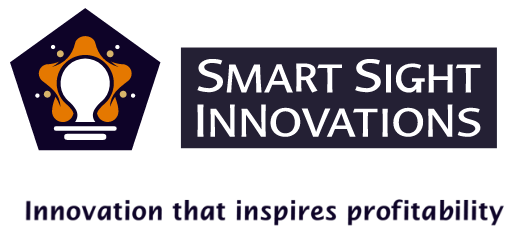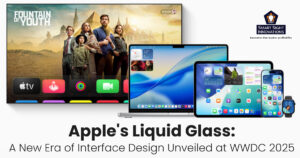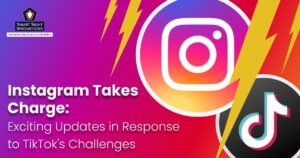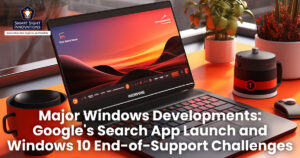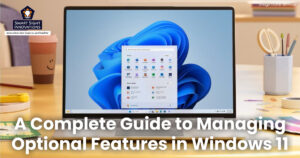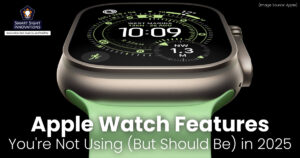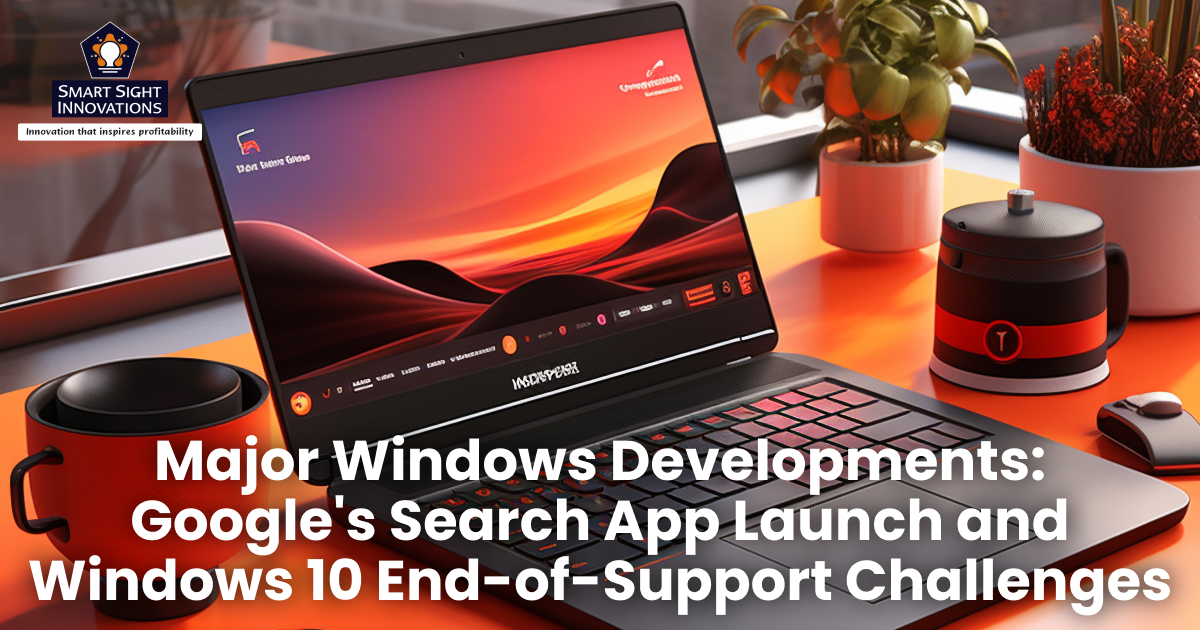
September 2025 turned out to be one of the busiest months in recent memory for Windows users. From Microsoft’s rollout of Windows 11 version 25H2 and a sweeping internal reorganization to Google’s surprise launch of a Spotlight-like desktop app for Windows, the month showcased just how rapidly the desktop landscape is evolving.
Here’s a comprehensive look at all the key developments, their implications, and what they signal for the future of Windows.
Windows 11 25H2 Officially Rolls Out
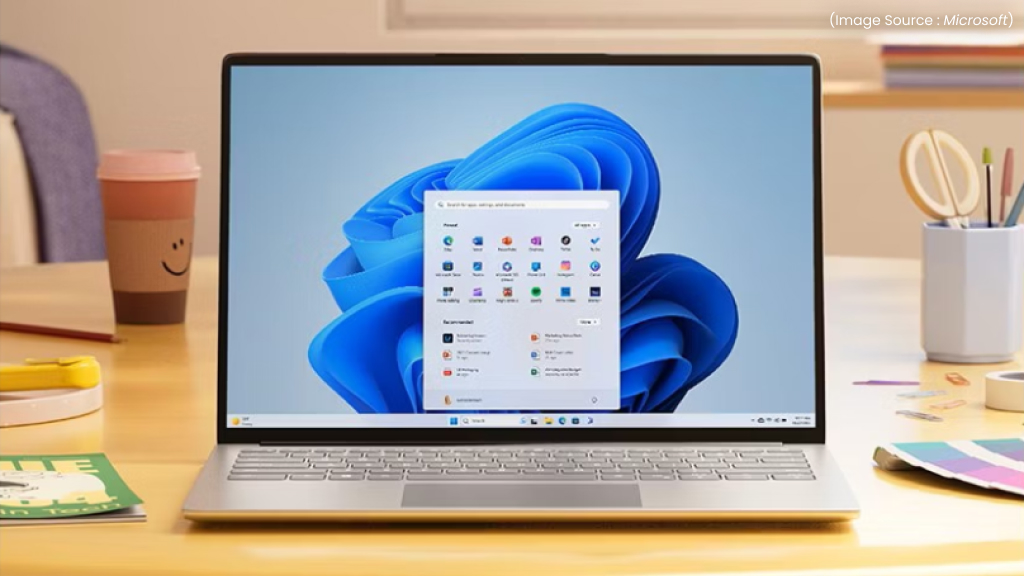
(Image Source: Microsoft)
The biggest Windows news came on September 30, 2025, when Microsoft began the general rollout of Windows 11, version 25H2, also known as the 2025 Update. The new version arrives as an enablement package, allowing systems already on version 24H2 to upgrade quickly without a complete reinstallation.
The 25H2 update refines Windows 11’s overall experience, focusing on security, enterprise control, and performance optimization. Microsoft has officially retired older components such as PowerShell 2.0 and WMIC, reducing legacy bloat while introducing new administrative tools that let IT teams remove preinstalled system apps on managed devices.
The update also improves runtime vulnerability detection, Windows Hello authentication reliability, and power efficiency, key areas for enterprise and laptop users alike. However, Microsoft is releasing the update in phases. Devices deemed at risk for compatibility issues have been placed under safeguard holds until patches or driver updates are ready.
Microsoft described 25H2 as “a milestone update that strengthens Windows for the hybrid era, secure, adaptive, and ready for the next wave of AI experiences.”
The Windows 10 Support Controversy: Consumer Advocacy Meets Corporate Policy
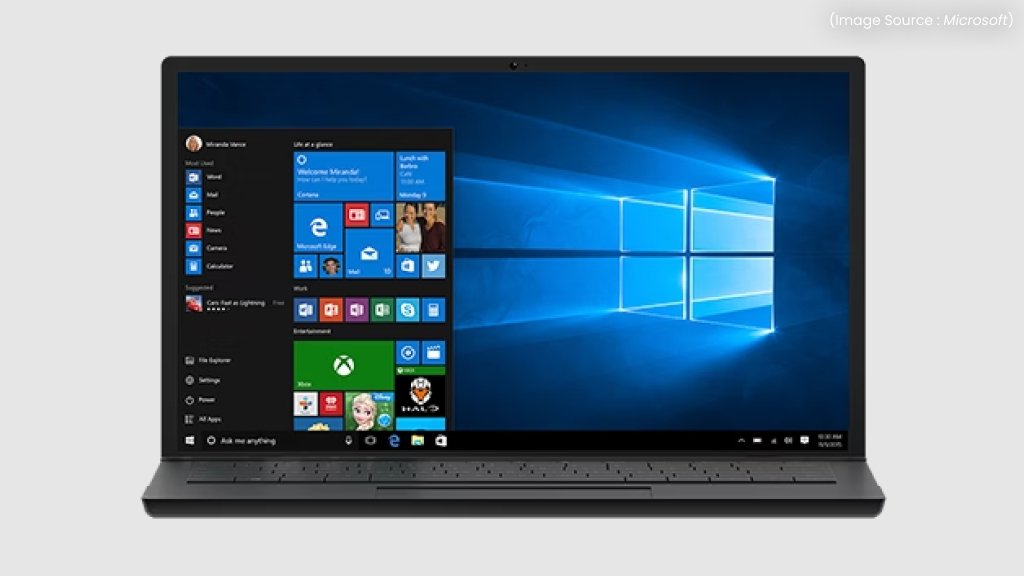
(Image Source: Microsoft)
While Google was introducing new capabilities to the Windows ecosystem, Consumer Reports launched a high-profile campaign challenging Microsoft’s planned end of support for Windows 10, bringing consumer protection concerns into sharp focus.
The Core Issue: Millions of PCs at Risk
Consumer Reports sent a letter to Microsoft CEO Satya Nadella calling on the company to extend its support of Windows 10 devices given the security threat posed by leaving millions of operational devices unprotected. The advocacy organization’s intervention reflects growing concern about the security and environmental implications of Microsoft’s October 14, 2025, support deadline.
The scale of the issue is staggering. As of August, 46.2% of people worldwide are still using Windows 10, which is about 646.8 million people based on Microsoft’s own estimates of 1.4 billion people using Windows as an operating system. More critically, there are also an estimated 200 million to 400 million PCs worldwide that cannot be upgraded to Windows 11 due to hardware requirements including TPM 2.0 chips and specific processor generations.
This hardware incompatibility represents the heart of the controversy. When Microsoft announced Windows 11 in 2021, it imposed stringent hardware requirements that excluded many otherwise functional computers. Consumer Reports points out that Microsoft and its hardware partners continued selling Windows 10 PCs that couldn’t run Windows 11 well into 2023, creating a situation where consumers purchased devices with intentionally limited upgrade paths.
Microsoft’s Extended Security Updates Program: Insufficient Solution?
In response to concerns about Windows 10’s end of life, Microsoft introduced an Extended Security Updates (ESU) program for consumers. This program offers security-only updates for one additional year through October 13, 2026, but the implementation has drawn criticism.
Consumers can obtain ESU coverage through three methods: enabling Windows Backup to sync PC settings with a Microsoft account (a free option), redeeming 1,000 Microsoft Rewards points, or paying a one-time fee of approximately $30 per device for the year. Microsoft has clarified that ESU licenses can cover up to 10 PCs per purchase.
Consumer Reports argues these options are inadequate. “Microsoft has touted a free support option for consumers, but to obtain that support consumers must choose to use Microsoft products such as Bing search or Xbox gaming to earn the 1,000 Microsoft Rewards points necessary to access free support. Tying free support to unrelated Microsoft products forces consumers to jump through unnecessary hoops just so Microsoft can eke out a bit of market share over competitors”.
The paid ESU option, while relatively affordable at $30, represents only a one-year extension. After October 2026, users will face the same security vulnerability concerns unless they’ve upgraded hardware or transitioned to Windows 11. This temporary solution doesn’t address the fundamental problem for users with incompatible hardware.
The Hypocrisy Argument: Security for Some but Not All
Consumer Reports levels a particularly pointed criticism at Microsoft’s security messaging. While Consumer Reports admits the effort is laudable, it calls Microsoft hypocritical for promoting Windows 11 as a cybersecurity upgrade while preparing to leave millions of PCs vulnerable to those very threats by ending support for Windows 10.
Microsoft has actively marketed Windows 11’s security improvements, touting features like hardware-based security, secure boot requirements, and enhanced malware protection. The company has positioned the upgrade as essential for maintaining cybersecurity in an increasingly threatening digital landscape.
Yet by imposing hardware requirements that exclude hundreds of millions of functional PCs, Microsoft creates a situation where security upgrades are available only to users who can afford new hardware or happen to own compatible devices. This approach, Consumer Reports argues, prioritizes market segmentation and hardware sales over genuine security protection for all Windows users.
The organization emphasizes that many of the incompatible Windows 10 machines were sold relatively recently, creating a situation where consumers who made reasonable technology purchases now find themselves with devices approaching obsolescence far sooner than expected. This accelerated obsolescence cycle benefits hardware manufacturers and Microsoft’s Windows 11 adoption targets but disadvantages consumers who reasonably expected longer useful lifespans from their investments.
Environmental and Economic Implications
Beyond immediate security concerns, the Windows 10 end-of-support decision carries significant environmental implications. With an estimated 240 million to 400 million PCs potentially rendered obsolete, the policy could trigger one of the largest waves of electronic waste in computing history.
Consumer Reports warns that the e-waste dilemma represents a massive environmental challenge. Functional computers forced into retirement contribute to growing landfills of electronic components, many containing hazardous materials. The environmental cost of manufacturing replacement devices—including rare earth element mining, energy-intensive production processes, and global shipping—compounds the waste problem.
From an economic perspective, the end-of-support deadline disproportionately affects lower-income consumers, educational institutions, small businesses, and developing regions where hardware upgrade cycles are longer and budgets tighter. For many of these users, a $30 annual fee represents a meaningful expense, while hardware replacement costs of $400 to $1,000 or more are prohibitive.
Schools operating on limited budgets face particular challenges. Many educational institutions standardized on Windows 10 devices that now cannot upgrade to Windows 11. The choice between expensive hardware replacement, accepting security vulnerabilities, or migrating to alternative platforms like ChromeOS or Linux creates difficult tradeoffs between educational continuity and cybersecurity.
Google’s Bold Windows Gambit: Bringing Spotlight-Style Search to Microsoft’s Platform
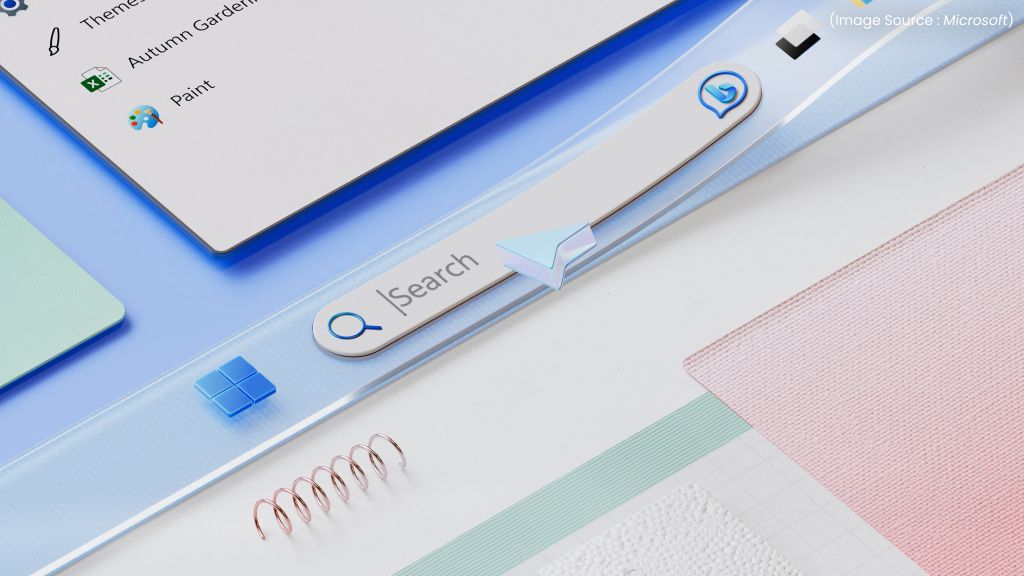
(Image Source: Microsoft)
In a move that surprised industry observers and challenged conventional wisdom about platform boundaries, Google announced on September 16, 2025, the launch of an experimental desktop application for Windows that fundamentally reimagines how users search and access information on Microsoft’s operating system.
The Technical Innovation: Universal Search Comes to Windows
The app allows people to use an Alt + Space shortcut to instantly search for information from their computer files, installed apps, Google Drive files, and the web. This unified search interface directly mirrors Apple’s Spotlight feature on macOS, which has long been praised as one of the most refined aspects of the Mac user experience.
The new app is available via Search Labs, Google’s experimental program that lets people test early-stage features and provide feedback before they are broadly released. This launch strategy allows Google to iterate rapidly based on user feedback while managing expectations about the experimental nature of the software.
The search interface presents results in an organized, visually accessible format. When users invoke the Alt + Space shortcut, a pill-shaped search field appears, accepting queries that return categorized results including “Apps and websites,” “Files,” “Google Drive,” and web search results. This organization helps users quickly identify the type of result they’re seeking without wading through a single undifferentiated list.
What distinguishes Google’s implementation from Windows’ native search is the seamless integration across multiple content sources. While Windows Search has historically focused primarily on local files and installed applications, Google’s approach treats local and cloud content with equal priority, reflecting the modern reality of hybrid computing where data increasingly resides across multiple locations.
AI-Powered Features: Google Lens and AI Mode Integration
Beyond basic search functionality, Google has embedded advanced artificial intelligence capabilities that extend the app’s utility far beyond simple file location. The app has Google Lens built in, which means people can select and search anything on their screen to do things like quickly translate images or text, get help with math homework, and more.
This Circle to Search-style functionality on Windows represents a significant value addition. Users can highlight any portion of their screen—whether it’s text in a PDF, an equation in a document, or an image in a browser—and immediately invoke Google’s visual recognition capabilities. For students struggling with homework problems, professionals working with foreign language documents, or casual users trying to identify objects or landmarks, this feature transforms the screen itself into an interactive search canvas.
Users can also get deeper responses in Google’s AI Mode, its search feature that lets users ask complex, multi-part questions via an AI interface. This integration of Gemini-powered AI responses positions the app not merely as a search tool but as an intelligent assistant that can provide contextual, conversational responses to sophisticated queries.
The ability to switch between different result types—all results, AI mode, images, shopping, and videos—provides users with granular control over how information is presented and processed. A dark mode option addresses user preferences for reduced eye strain during extended computing sessions.
Microsoft’s Big Windows Reorganization
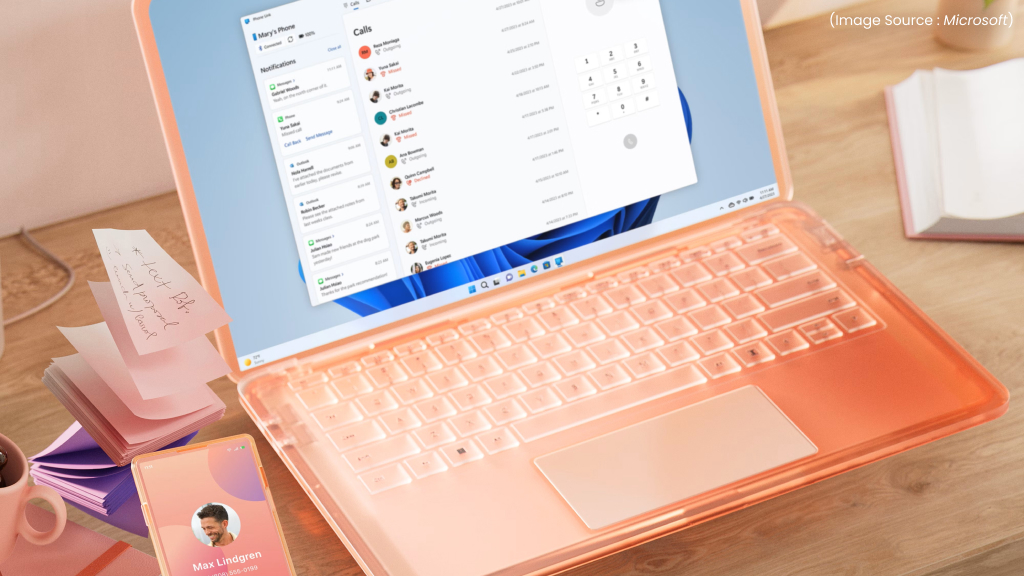
(Image Source: Microsoft)
Amid product updates and rival launches, Microsoft revealed a major internal restructuring of its Windows engineering division in late September. The company merged its core platform team with the Windows feature and experience group, reuniting development divisions that had previously been siloed. This move aims to speed up innovation, improve consistency across features, and align Windows more closely with its AI strategy.
The reorganization supports Microsoft’s long-term goal of creating what it calls an “agentic OS,” a version of Windows that actively assists users, leveraging Copilot, voice input, and contextual intelligence to automate tasks and anticipate user intent.
According to Windows Central, this marks the first time in years that the core engineering and user experience teams have shared the same organizational structure, a sign that Microsoft wants to unify its operating system vision after years of fragmentation.
The Future: AI, Cloud, and the Next Chapter for Windows
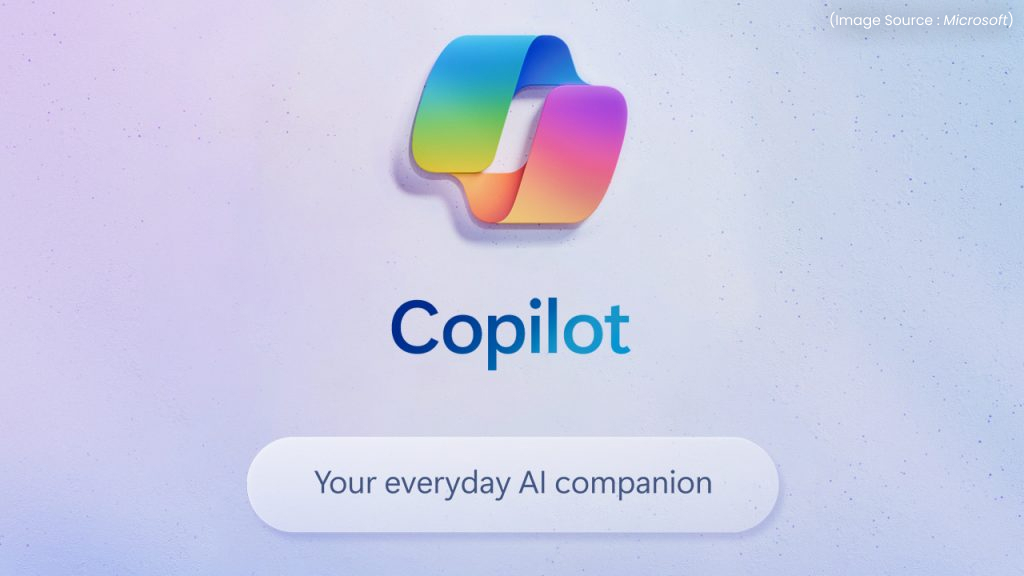
(Image Source: Microsoft)
The combined impact of Microsoft’s software updates, Google’s cross-platform expansion, and the end of Windows 10 support paints a clear picture that the Windows ecosystem is evolving faster than ever. Microsoft’s focus is shifting toward a hybrid, AI-first Windows experience, powered by Copilot, Recall, and new AI acceleration hardware built into next-generation PCs.
Meanwhile, Google’s decision to release a desktop app that rivals Windows’ own search capabilities underscores the growing convergence between operating systems and AI ecosystems. The traditional lines between local and cloud-based productivity are disappearing, and the desktop is becoming a space where AI, search, and assistance coexist seamlessly.
For users, the message is clear that the next generation of computing will be defined not by operating systems alone, but by how deeply they integrate with intelligent, cross-platform assistants.
September 2025 stands as a watershed moment for Windows users worldwide. Microsoft’s 25H2 update reinforces security and modernization; the Windows 10 sunset signals a long-awaited transition; and Google’s Spotlight-style app introduces new competition and possibilities for productivity. Together, these changes reveal a desktop ecosystem in transition, smarter, faster, and more seamlessly connected than ever before.
As Windows marches toward its next evolution, the agentic OS era, users can expect their PCs to feel less like tools and more like partners. And with both Microsoft and Google investing in this intelligent future, the next chapter of personal computing is already being written on the desktop screens of today.
